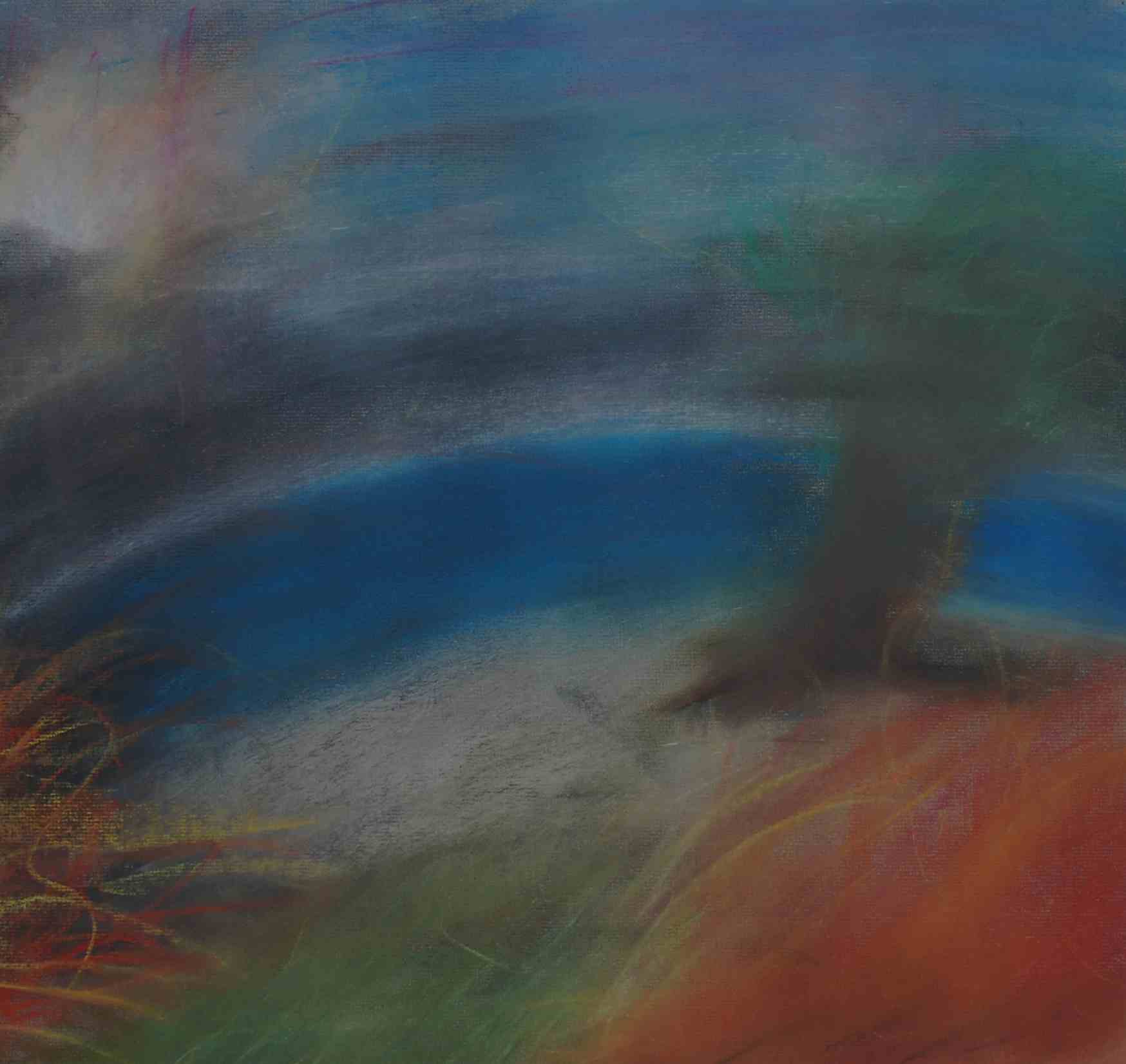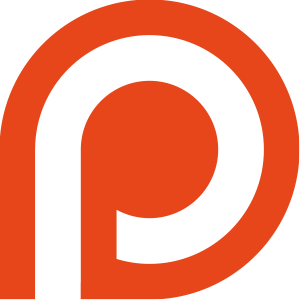Introducing the graphics editing project
This is going to be one of those posts that make me think “Why am I writing a post about this instead of doing it?!”. But it's late at night and I'm not really going to get anything done before the morning, so I might as well go ahead and write this up.
So, I wrote a graphic short st– No, wait, I'm going to tell this in chronological order, starting from way back in the beginning. We could have a long argument about where the beginning really is, and whether it's really a net or lattice rather than a linear story that starts at a single beginning point, but we're not going to do that, because I'm the one telling this story, and I've picked one beginning point that I like best.
It begins with me dorking around with the images from an old computer RPG called Sword Dream. Or maybe it was Yipe!. How old am I – ten? Anyway, it was basically me taking images and drawing over them or recombining them. I wasn't very good at it, but it wasn't hard to do things like copying the head of a monster to make a monster that had two heads, or stuff like that. I had an idea of what I wanted to accomplish, but my tools didn't let me accomplish that. I was using old Mac software – GraphicConverter and ClarisWorks. Later, I started using the GIMP, but it wasn't much of an improvement, because it had the same basic problem: It wasn't a seamless extension of my underlying wills and desires! There's a saying, “Only a bad worker blames their tools”1, but that saying was written by people who didn't have computers. Why should I ever do work that my computer can do for me? If you know me, you know that I insist on automating everything that can possibly be automated.
Shuffle the timeline around a bit because I don't remember what order this next stuff comes in. I spend lots of time drawing stuff in school – doodling, you might call it. I drew a lot of dragons. I mostly drew them in the same style – bold lines and shapes, little to no shading. When I did draw pictures where I used shading more, people told me they looked better, because they were more “realistic”, but I didn't like them. What's the point of being realistic? If I wanted a realistic picture, I'd take a photograph. No – the goal of art is to produce something that's better than realism. It's to project our wills and desires through the medium and onto our audience. (To break the narrative a bit, look at my avatar on this site – the circular face with the yellow background, the broken-off pieces, and the wizard's hat. There's not a realistic image in the world that could convey the ideas that image conveys.)
Meanwhile, I go through some more computer games, most notably Spiderweb Software's Blades of Exile, and finally came to rest at the modern Free-and-open-source game, Battle for Wesnoth. (You'll probably hear more about my exploits in the BfW community in some other posts, too; I've committed a huge amount of time to it.) BfW had an active community of artists, and I learned a bunch of stuff from them. I tried my hand at making graphics for the game, but I was constantly frustrated by the software I had available to me. I actually liked ClarisWorks better than the GIMP for sprite editing2, because it had a simpler user interface, without all the fancy controls of the GIMP. But I was picking the lesser of two evils. At some point during this time period, I decided that I should write my own sprite editing software, tuned to that specific task instead of being a general-purpose graphics editor like the GIMP. That's not what I'm doing now; I will probably never do that, because sprite art is a horrible kludge that only exists because of the limited resolution of computer monitors. Moving on...
Fast forward about three years. I've taken some serious art classes in high school, which made me pretty good at drawing things in a photo-realistic way, which is nice even if it's not the most important skill to have. It's my third semester of college. There are two cool creative writing courses offered in January. One of them is a prose memoir course taught by a person who everybody thinks is the coolest creative writing professor ever. The other is course about the graphic novel. The first class fills up very fast, and I don't want to compete for a slot in it, so I sign up for the second. AND THEN MY FATE IS SEALED.
During January, I write the graphic short story People Are Wrong Sometimes, and I think, “Why the hell didn't I get into this medium earlier?” This is the perfect medium for me – the way I see it, the essence of a work of art is to effectively express an interesting idea, and a graphic narrative combines the abstract expressiveness of language with the instant expressiveness of images, resulting in a storytelling mode that can express ideas so fast that it can almost do justice to the overflowing supply of ideas that's inside my head.
There's just one catch. It takes frickin' ages! To draw that story, I sketched it in pencil, then drew over it in pencil, then drew over it in pen so that it would come out more clearly to the computer, then scanned it into the computer, then touched it up, then colored it in the computer. And when I colored it, I had to manually separate the lines from each other. This is a tragedy. All of those things were possible to automate, and therefore, they should have been automated.
So I'm going to automate them now.
First, a pencil? Seriously? Why would I ever draw something on paper, which has the unique property of being unable to be analyzed and manipulated at the slightest thought, when I could draw in raw data? Step one of my automation is to get a graphics tablet – a device that lets you draw and have your hand movements be immediately translated into computer data. There's no reason for me to ever deal with physical media in the first place, and having the computer record my drawing means that I can easily mark which lines are which, rather than having to manually separate them afterwards. Of course, this all means that my first task is to do super blitz research on the tablet market and how I can get a bargain on one.
Meanwhile, I need to research the underlying computer format of the tablet input. Or, at least, I need to find other people's code that can accept the input, so that I can use it for my own work. And I also need to learn more about how to read and write existing image file formats.
Once I have a tablet and figure out how to take input from it, it's just a matter of3 experimenting with different ways of processing that information until I have ones that are near-perfectly in tune with my internal ways of understanding how I produce art. And creating internal data structures that I can easily manipulate and change when I decide I want to restructure my stuff. This is all going to sound a little abstract until I actually get started on doing it, but trust me, once I get going, I will have awesome powers. AWESOME POWERS.
– Eli
- Okay, that's not the original saying, but I think it's nicer when we don't use sexist and classist language. back
- Oh by the way, a static 2d image used by a computer game is called a “sprite”. back
- And I make it sound so simple! It is not simple; I just happen to be really, really good at getting my ideas straight, which makes this step the one that I'm most confident about doing well, even though it's probably the most difficult step in abstract terms. back


 Are my blog posts helpful to you? Consider pledging a few $$$ on Patreon so I can keep putting cool things online for free.
Are my blog posts helpful to you? Consider pledging a few $$$ on Patreon so I can keep putting cool things online for free.